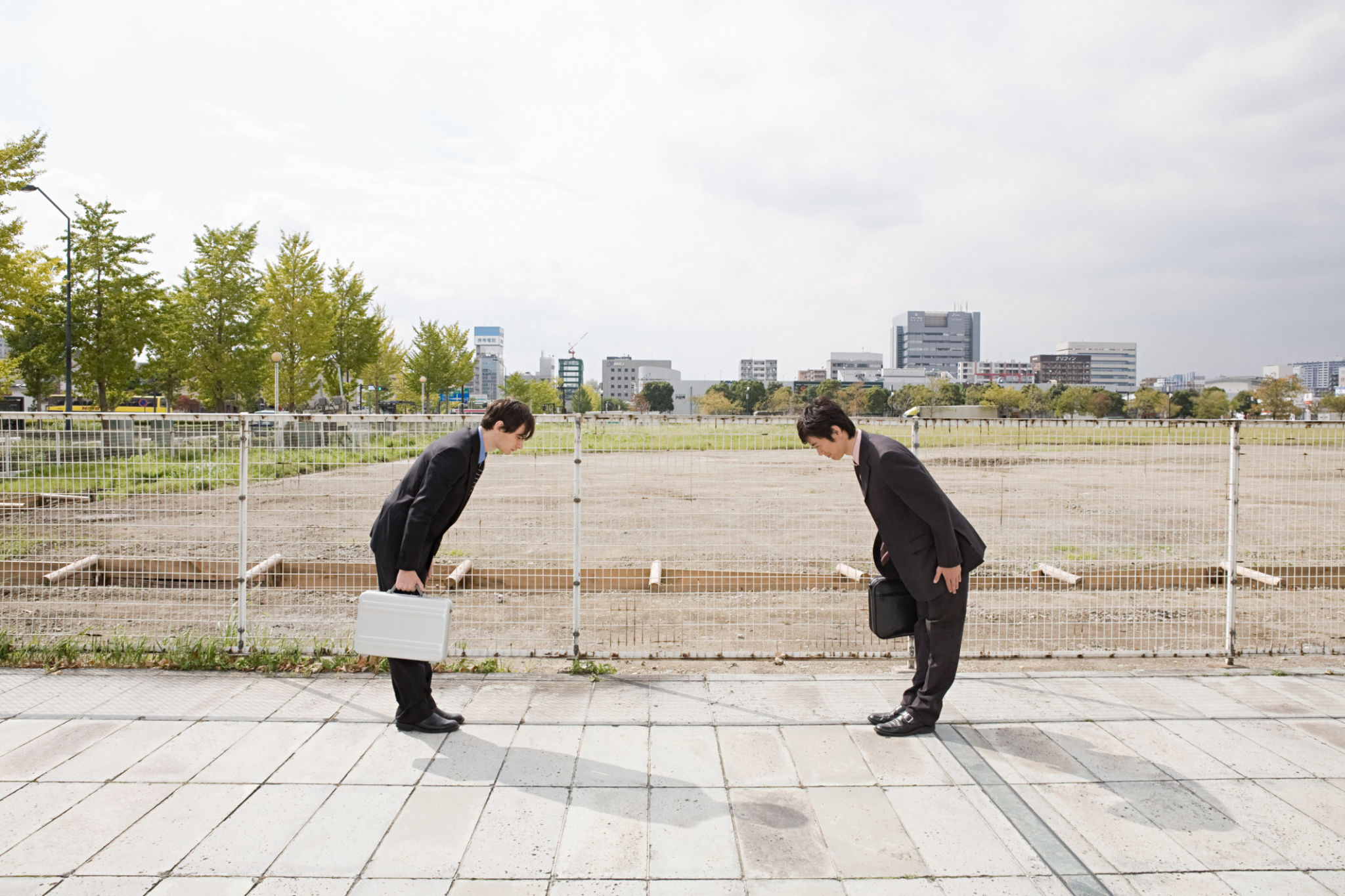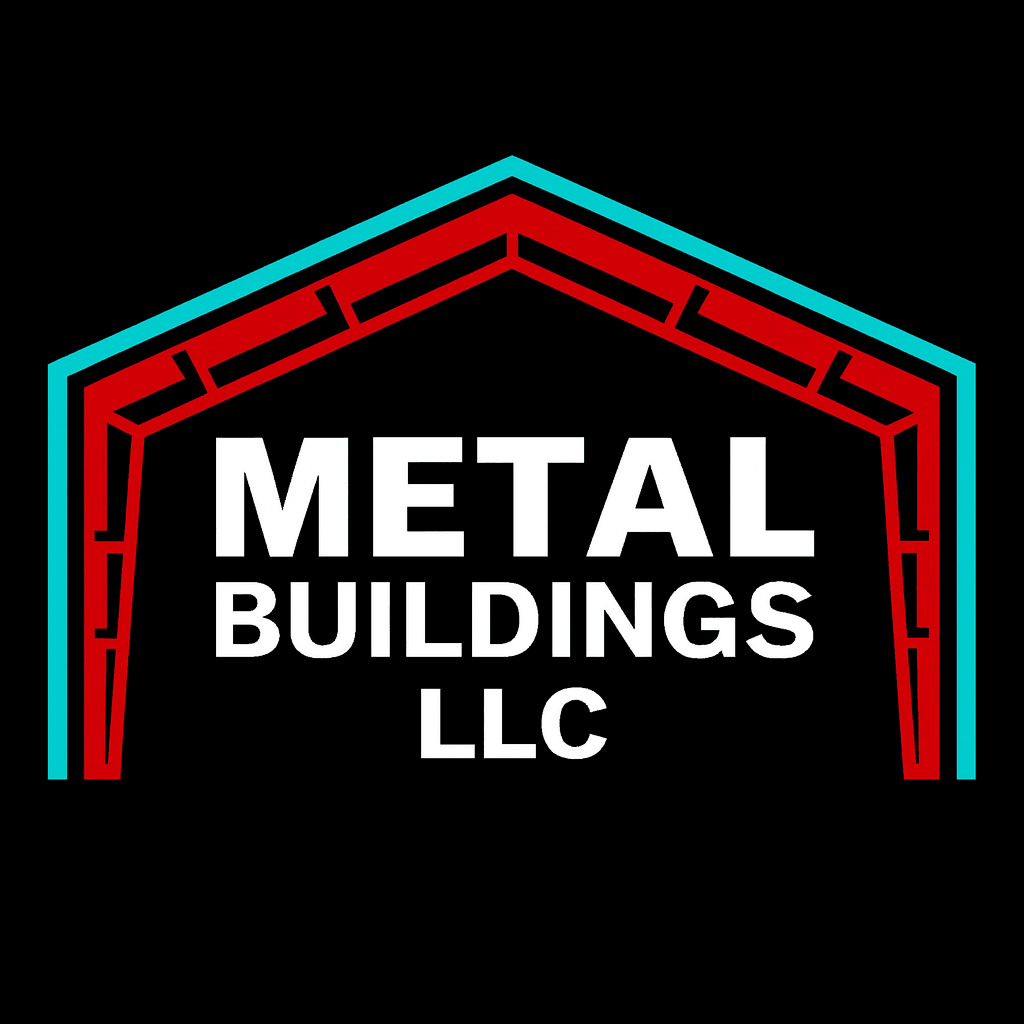Red Iron vs Cold Formed: Choosing the Right Metal for Your Building
Understanding Red Iron and Cold Formed Steel
When it comes to constructing metal buildings, choosing the right type of steel is crucial. Two popular options in the construction industry are red iron and cold formed steel. Each has its unique characteristics and benefits, making them suitable for different applications. Understanding these differences will help you make an informed decision for your building project.

What is Red Iron Steel?
Red iron steel, also known as hot-rolled steel, is a popular choice for larger and more complex structures. It gets its name from the red oxide coating applied during manufacturing to prevent rust. This type of steel is known for its durability and strength, making it ideal for large-scale projects such as warehouses, factories, and skyscrapers.
The main advantage of red iron steel is its ability to support heavy loads and span longer distances without the need for additional support beams. This can result in more open space within the building, which is often desirable in industrial settings.
Exploring Cold Formed Steel
Cold formed steel is produced by rolling or pressing thin sheets of steel at room temperature. This process increases the strength of the steel, making it a popular choice for smaller projects such as residential homes, garages, and small commercial buildings. Cold formed steel is lightweight, easy to work with, and often more cost-effective than red iron steel.

This type of steel is also known for its versatility. It can be molded into various shapes and sizes, allowing for greater design flexibility. Additionally, cold formed steel is often galvanized, providing excellent resistance to corrosion.
Comparing the Benefits
Both red iron and cold formed steel offer distinct advantages depending on the specific needs of your project. Here are some key benefits of each:
- Red Iron Steel:
- High load-bearing capacity
- Ideal for large-scale structures
- Durability in harsh conditions
- Cold Formed Steel:
- Cost-effective for smaller projects
- Lightweight and easy to handle
- Flexibility in design

Making the Right Choice for Your Project
The decision between red iron and cold formed steel should be based on several factors including project size, budget, and desired design flexibility. For projects requiring significant structural support and durability, red iron is typically the better choice. However, for smaller buildings where cost and ease of construction are priorities, cold formed steel might be more appropriate.
Consulting with a structural engineer can provide valuable insights into which type of steel will best meet your specific needs. They can evaluate the requirements of your project and help you weigh the benefits of each option.
Conclusion
Ultimately, both red iron and cold formed steel have their places in the construction industry. By understanding their unique properties and advantages, you can choose the material that aligns with your project's goals. Whether you're building a massive warehouse or a cozy residential home, selecting the right metal will ensure structural integrity and longevity.
